Knowledge from Olle Garden Bed: About Soil
Whether you are a keen gardener or a complete beginner, it is very important to understand the nature of the soil. In fact, when planting plants, soil may be the most important material you need to consider. It will determine the nutrition your plants receive, the speed at which they receive them, and their comfort throughout the season. The following content also has some reference value for raised garden beds.
To learn more about soils, see the informative guide below. We cover everything from the science behind the soil to why it is important for you and your garden.
We also discussed the four most common soil types and which plants grow best in them, so that you can better understand your garden!
What is soil?
The word "soil" comes from the Latin solis, which means "ground". In English, we use the terms "earth", "land" or "ground" to refer to the same thing. Although you may understand soil as the soil you use to potted plants, it is far more than that.

Soil is a living and non living part of the earth's surface, containing all organic matters, including roots, microorganisms and decaying plant materials.
It also includes minerals such as sand, silt, clay and humus. Soil exists on almost all surfaces of the earth, however, its composition can vary greatly.
The abiotic nature of soil is formed when natural forces break down rocks into fine particles. This process may take a long time. In fact, the role of water, wind and heat is to transform rocks into soil that we have known for thousands of years.
Mixtures and compounds
Before we know whether the soil is a heterogeneous mixture, it is necessary to know exactly what substances, pure substances, mixtures and compounds are.
What is matter?
In short, matter constitutes everything we know. It is any substance with mass and occupying space. It can take the form of liquid, solid or gas.
Matter constitutes everything, from the chair I sit in to the water I drink, to the air I breathe, and (literally) everything in between.
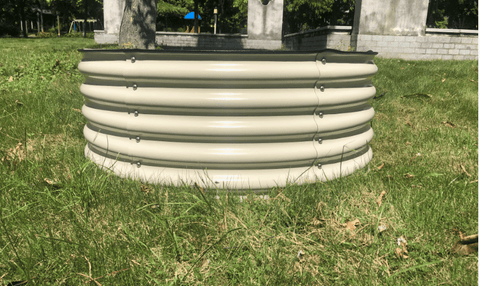
Combinations and pure substances
Matter can be composed of pure matter or a combination of these substances. Pure matter is called element, and there are 118 existing elements. There are millions of combinations.
Mixture VS compound
Mixtures and compounds are types of combinations. They are all composed of many different pure substances.
However, there are some differences between the two. Specifically, mixtures and compounds combine their pure substances in different ways, and they often have different properties.
mixture
The quantity and proportion of the substances that make up the mixture are not fixed, they are variable.
In addition, these substances are physically bound and retain their respective properties after binding. Therefore, you can also separate the mixture using physical methods, such as filtering.

chemical compound
By contrast, compounds are made from pure substances in a fixed amount and proportion. When these substances combine to form compounds, the properties of each substance are lost.
In order to separate compounds into pure substances, chemical methods, such as electrolysis, are required.
Is the soil a mixture or a compound?
As you might have guessed, soil is a mixture. The soil maintains all the characteristics of the mixture, and the composition of the soil varies greatly around the world. In fact, there are more than 100 kinds of soil, each of which maintains a different physical combination.
Heterogeneous and homogeneous mixtures
Now that we have understood the differences between mixtures and compounds, it is necessary to explore the differences between heterogeneous and homogeneous mixtures.
Uniform mixture
A homogeneous mixture has a homogeneous composition. For example, consider sugar water. If a spoonful of sugar is dissolved in some hot water, a uniform mixture is formed, because all particles are the same size and uniformly distributed in the whole mixture.
In a homogeneous mixture, only one phase exists. For example, when you mix sugar and hot water, you do not leave both solids and liquids.
Instead, the resulting mixture is just a liquid. If there are two phases in the mixture, the mixture is not homogeneous.
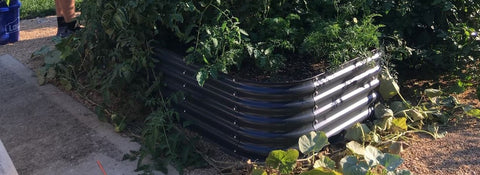
Heterogeneous mixture
Heterogeneous mixtures have different forms of composition. Heterogeneous mixtures are not homogeneous, and they may also have local areas with different properties. This means that different samples in the mixture may be different from each other.
The heterogeneous mixture must consist of at least two phases. For example, consider a mixture produced by combining milk and grain.
The substance has two phases (liquid and solid), and the mixture is uneven. Therefore, this combination is a heterogeneous mixture.
Is the soil a homogeneous mixture or a heterogeneous mixture?
Now, we can finally answer your urgent question. Although, if you have understood everything we have discussed so far, you may already know the answer. Considering the definition of heterogeneity and homogeneity, the soil must be a heterogeneous mixture.
As previously mentioned, soil is a mixture of biotic and abiotic substances. Non living materials are produced by weathering of rocks.
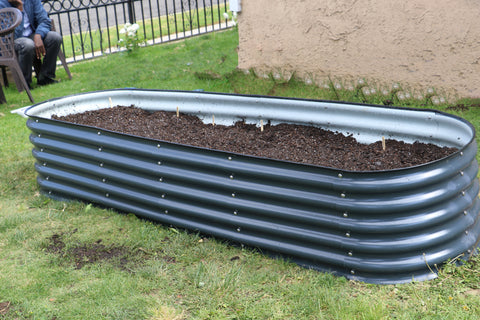
Therefore, the particles in this aspect of soil composition will vary greatly according to the weathering process.
Soil also includes biological substances and organic substances, such as air, water, roots, microorganisms, etc. According to the location of soil formation, the types of living bodies and organic matter in soil vary greatly in type and proportion.
In addition, the composition of soil includes at least two different material stages. For example, soil may include air (gas), water (liquid) and rock (solid). Conversely, it is clear that the soil cannot be considered as a homogeneous mixture.
Why is this important? If you come here just because you like gardening, you may think, why is it important that the soil is heterogeneous or homogeneous?
Well, even though it may not be necessary to know the details, soil heterogeneity can have a direct impact on your garden.
The fact that soil is a heterogeneous mixture basically means that the soil in your garden may be different from that in my garden.
On the contrary, because of its constitution, the soil in your garden may be more suitable for planting roses than that in my garden.
If you have ever tried to plant a plant, but it has little effect. Even if the same plant seems to thrive in your neighbor's yard, soil heterogeneity may also be the reason. Their soil may just be more suitable for a given plant.
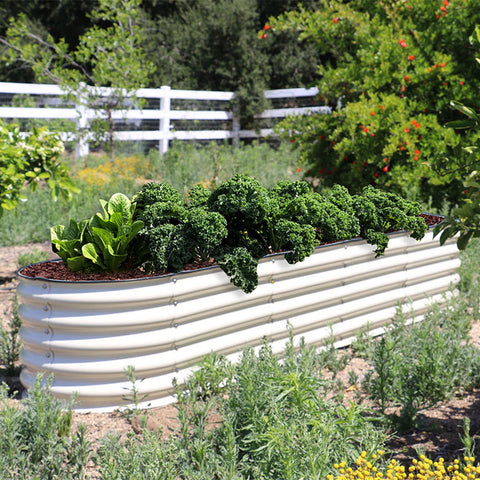
In turn, understanding soil heterogeneity allows you to take steps to ensure that the plants you are trying to grow will work well with your particular soil.
To help you, we have listed the four most common soil types and plants that enjoy their specific constitution below.
sand
Sandy soil has the largest size particles. It also feels firmer and drier than other types of soil. It tends to warm up quickly in spring. It is a very light soil.
In addition, it is a very well drained soil, which is very suitable for plants that do not like sitting in excessive water.
However, this may also be a disadvantage. This soil may drain too quickly, leaving little time for plants to absorb nutrients and maintain the necessary moisture. If you have sandy soil, adding organic compost can improve the quality.
Plants that perform well in sandy soil:
tulips
lotus
potato
clay
Clay contains more water than other types of soil. This is because the particles in the clay are very closely packed together. As a result, clay does not drain quickly, so it tends to retain nutrients for longer.
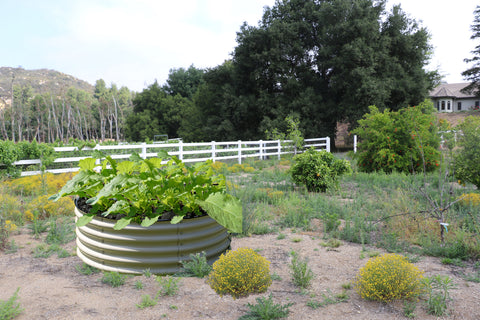
However, this can also cause problems for plants, especially those that need well drained soil. In summer, it also tends to get warm and hard quickly, which makes it very difficult.
However, if you can figure out how to use it to your advantage, this kind of soil is actually amazing for many plants.
Plants that perform well in clay:
Perennials
fruit tree
ornamental plant
Silty soil
This type of soil consists of very small particles and has a smoother feel than sandy soil. In fact, silty soil is almost like a mixture of clay and sand. It retains more water than sandy soil, but less than clay.
Plants that perform well in silty soil:
Most vegetables and fruits
Perennials
grass
Loamy soil
This type of soil is a mixture of the three types mentioned above. Most gardeners use loam. It is very easy to maintain and requires few changes or additions. However, this does not mean that if the loam does not work for you and your garden, its nature should not be changed.
Plants that perform well in loam:
Most vegetables
shrub
Berry
bamboo
Final thinking
Soil is a complex thing. Its composition has many different factors, including pH value, drainage, nutrient composition and temperature.
When you try to decide which soil to buy for your garden, you must know exactly what you and your garden need. We hope this article can help you clear your mind!
